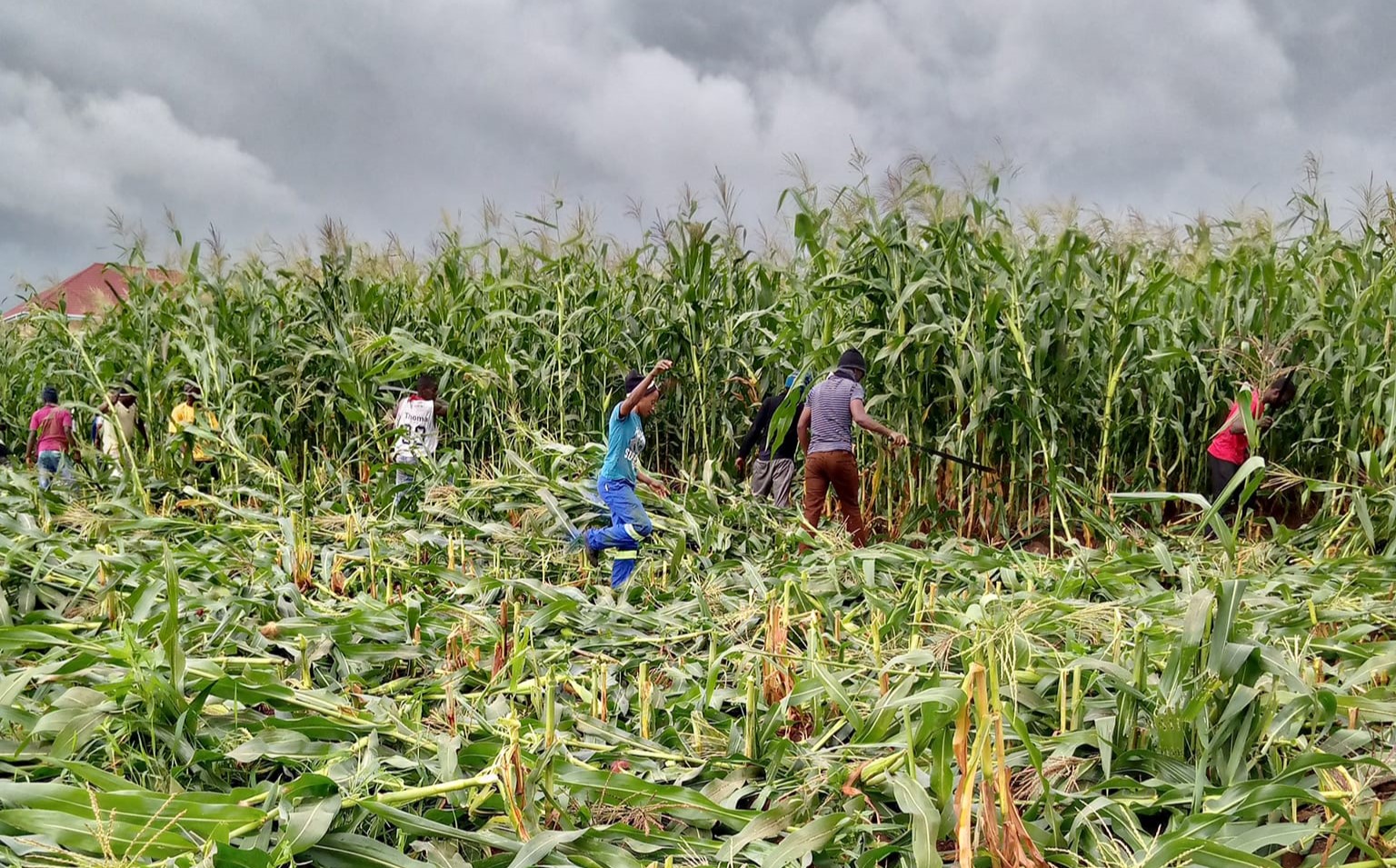APM fails national unity test
“Fellow Malawians, this election is gone. But we have a country to develop. And we have work to do ahead of us! Let us all remember that we have more that unites us than anything that divides us.
“Whether you voted at all or not voted, whether you voted for us or not for us. I am your President. I am the President of all Malawians. And Malawi is our country. We have a perfect union in nation building. Let us unite to develop this country.” This was President Peter Mutharika speaking in Blantyre at his inauguration on May 31 2019 following his re-election as President of the Republic of Malawi for a second five-year term. When I listened to these words, I got the impression that a Statesman had spoken and that he meant what his words.
But having looked at the Mutharika’s 24-member Cabinet announced Wednesday night, I am beginning to doubt whether the rhetoric was indeed a serious commitment to work hard and unite the country after bruising elections.
Here are some interesting statistics out of President Peter Mutharika’s Cabinet that came after weeks of suspense.
Out of the 24, 16—representing 66.6 percent of the team—are from the Southern Region while the Central and Northern regions have four each or 16.6 percent per region, the same share that has gone to Thyolo out of the whole Cabinet.
The Southern Region has 13 districts; the Centre has nine while the North has five where all, but one district of Likoma, have produced a Cabinet Minister while the Central Region, which has nine districts, has a Minister in each of four districts.
In the Southern Region, out of 13 districts, 25 percent of Cabinet positions have gone to one district—Thyolo where the President comes from—followed by Zomba at 18.7 percent with three Ministers.
Based on the statistics, it is clear that the President is consolidating his Southern Region power base that gave him the most votes during the controversial May 21 Tripartite Elections.
It is also evident that he is isolating most of the Central Region that overwhelmingly rejected him at the ballot while still courting the Northern Region that, while not giving him as much votes as it did to UTM Party’s Saulos Chilima, remains in play because of the people’s tendency there of not voting along regional or tribal lines.
But while the President has the right to bring into his Cabinet anyone from anywhere, to equate one district (Thyolo) to whole regions (Centre and South) by giving the district and the regions equal number of Ministers sends troubling signals, especially when the President’s Democratic Progressive Party (DPP) is plastered with tribalistic images.
The dominance of Thyolo in the Cabinet appointments raises the profile of the district to special treatment levels that has potential to bring resentments nationwide.
And coming after the President proclaimed during his inaugural address last month that he was the President for all, the Cabinet composition looks very much like a symbol for punishing foes (or those that did not vote for him) and rewarding friends and relatives.
It smacks of cronyism and nepotism in ways that maybe destabilizing.
With this Cabinet, President Mutharika—who the Malawi Electoral Commission (MEC) announced he had won with just 38.5 percent of the total votes and, therefore, rejected by about 62 percent of the electorate—has signaled little interest in uniting the country after the polarizing and divisive elections currently being challenged in courts of law and on the streets as I write on this Thursday morning.
The President missed an opportunity to demonstrate that he can rise above political pettiness by attempting to strike regional balance in the allocation of Cabinet positions as a way of bringing the country together and not reinforcing the fact that he is pandering to his base as he has shown with his Southern leaning executive team.



